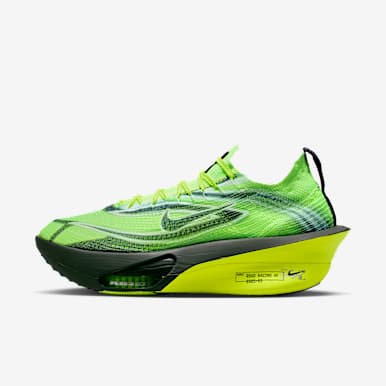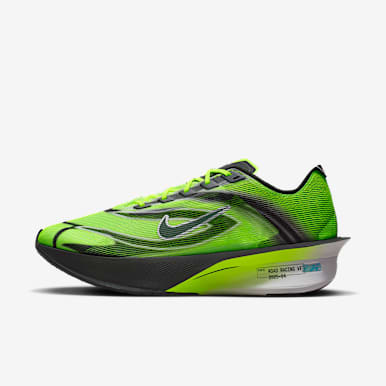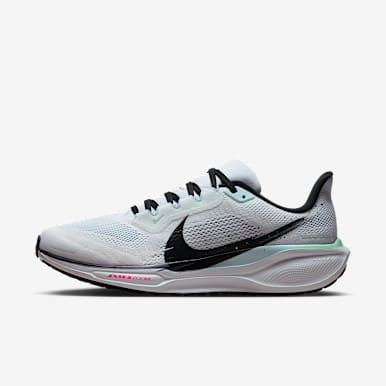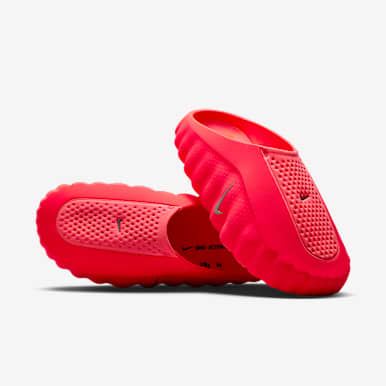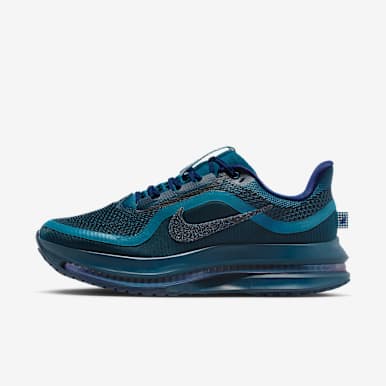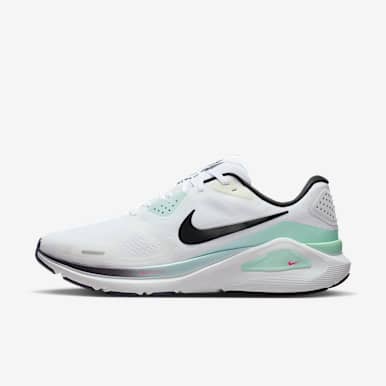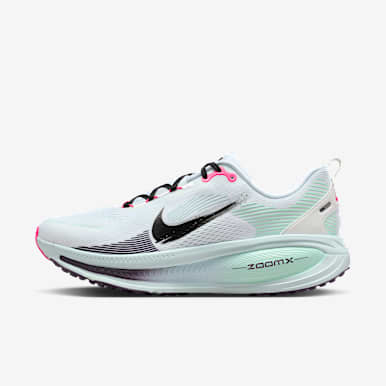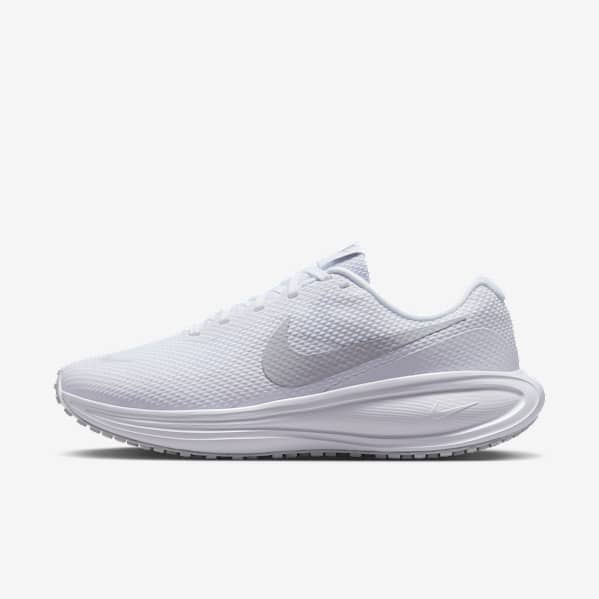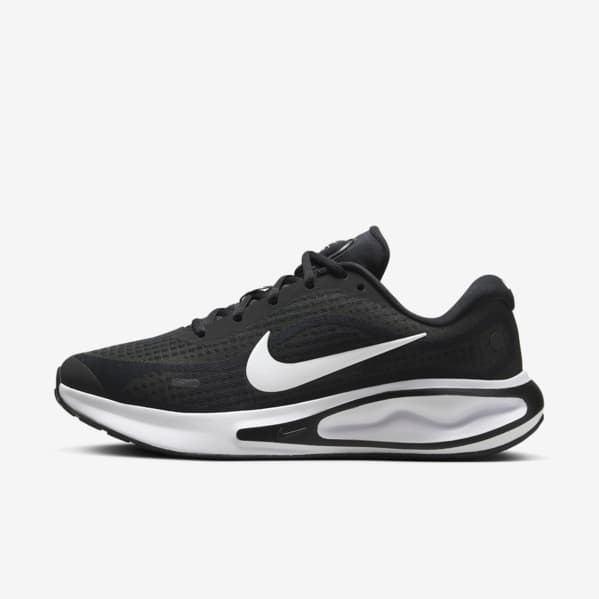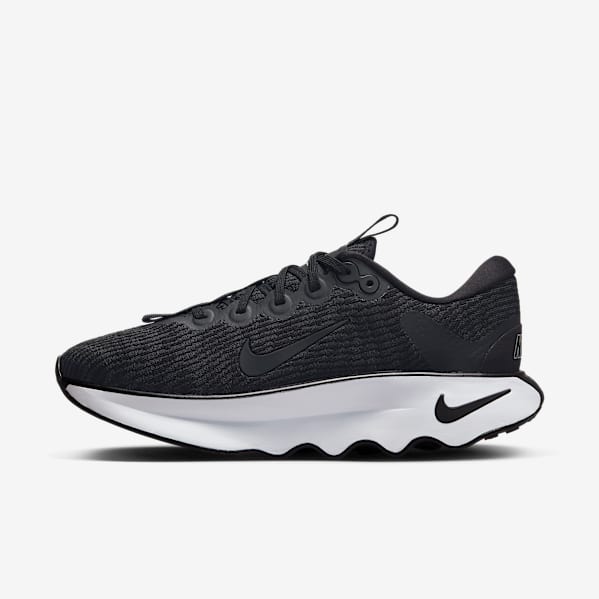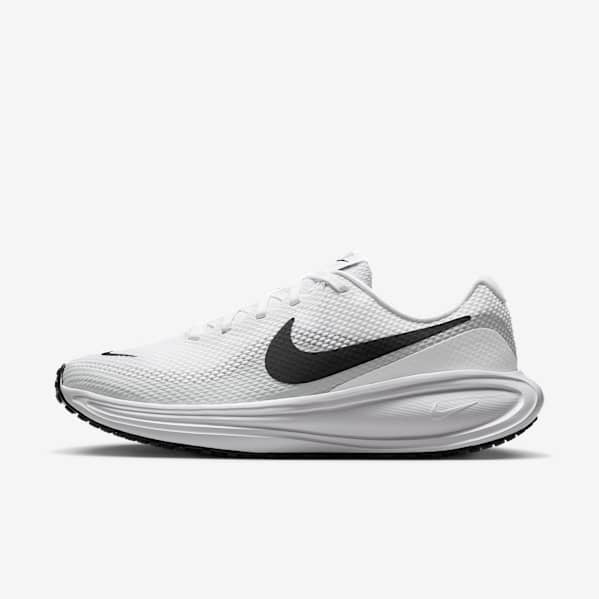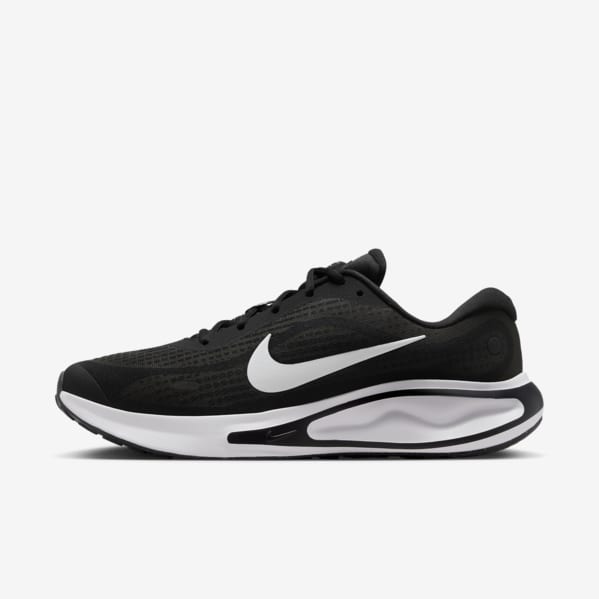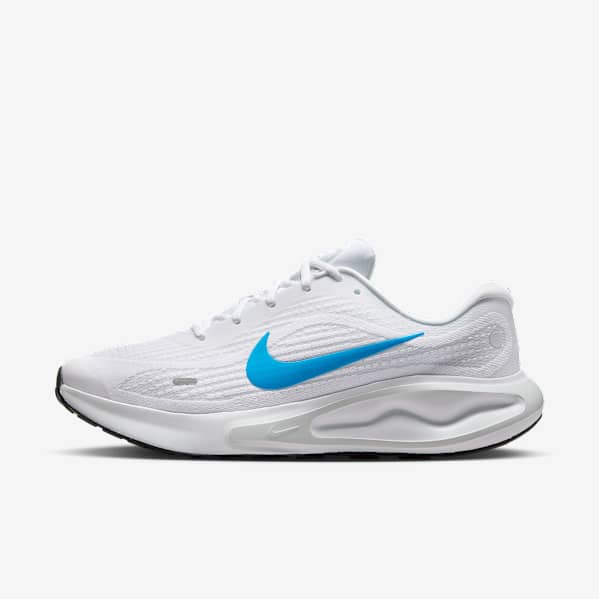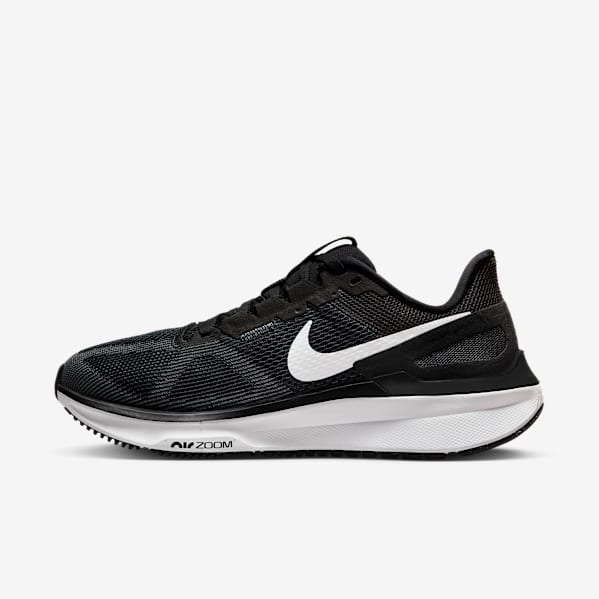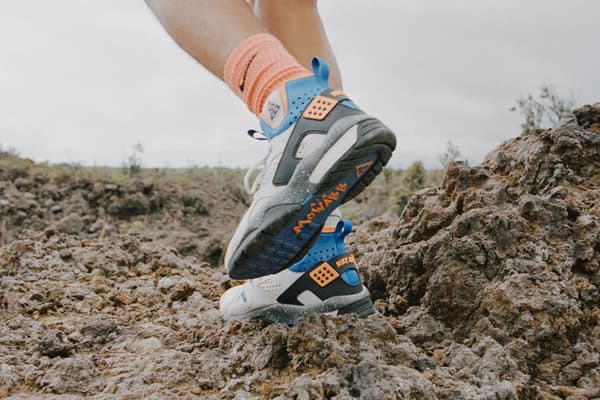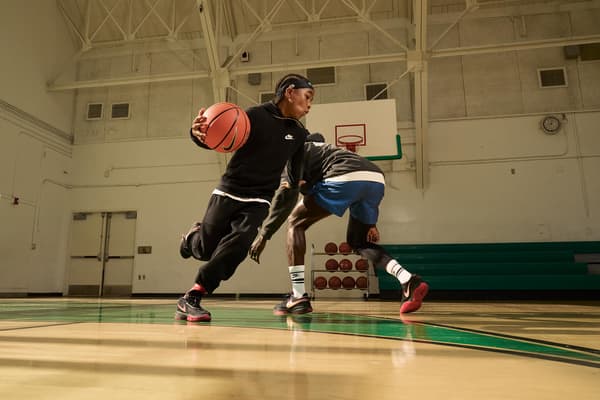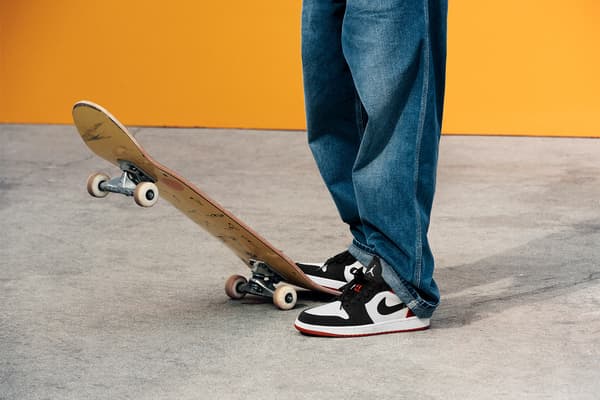How to Choose Arch Support Inserts, According to Podiatrists
Buying Guide
Looking for extra arch support or cushioning in your shoes? Here's what podiatrists say to bear in mind if you're considering arch-support inserts.

A pair of supportive, well-fitting shoes in good condition can go a long way in keeping your feet cushioned and comfortable. But, if you still find yourself wanting an extra level of support, arch-support inserts could potentially be a solution.
(Related: What Are the Best Nike Running Shoes for Beginners?)
"An arch-support shoe insole is a device that is designed to help support and cushion feet appropriately to try and minimise overuse foot and ankle conditions", said Mark J. Mendeszoon, DPM, FACFAS.
Many arch-support inserts can be purchased over the counter at a pharmacy or running store. However, you can also work with a podiatrist to customise insoles to best fit your feet.
"These devices are made specific to the patient's unique needs and foot structures and can be made from a number of different materials, styles, thicknesses, lengths, etc.", explained Alex Kor, DPM, MS.
Here's everything Mendeszoon and Kor say to know about arch-support inserts.
If you're considering insoles to help mitigate foot pain or injury, be sure to speak with your doctor first about what might be best for you.
What Do Arch-Support Inserts Do?
There are several reasons you may be interested in trying out arch-support inserts, including trying to alleviate some sort of discomfort or pain in the foot, ankle or lower leg.
"Arch supports can help with conditions such as plantar fasciitis, flat feet with tendon problems, high-arch feet with cushioning problems, shin splints, hammertoes, bunion conditions and other mechanically induced problems that feet and legs may encounter", said Mendeszoon.
According to Kor, arch-support inserts may be helpful for folks who experience the following types of foot conditions:
- Plantar fasciitis: "Plantar fasciitis is an inflammation of a ligament on the bottom of the arch and heel that is prone to overuse", said Kor. "This overuse is usually the result of many factors, including foot structure, weight carried, shape of foot, activity level, shoe gear, etc."
(Related: What Is Plantar Fasciitis—And How Can You Fix It?) - Flat feet: "A flat foot has no or a significantly decreased arch on the inside of the foot", explained Kor. "Most flat feet function (when walking, climbing, running, etc.) in a more pronated position. This foot structure can be rigid or flexible".
(Related: What Is Pronation—And What Are the Best Nike Running Shoes for Flat Feet?) - Neutral feet: "A neutral foot type is a more rectus foot type", said Kor. In other words, a neutral foot is not high-arched or low-arched.
(Related: How to Find the Best Neutral Running Shoes for You) - High arch: "A high-arch foot structure is one that typically does not evenly distribute weight, meaning the ball and the heel of the foot experience excessive friction, pressure and weight", explained Kor. "In addition, this foot structure is more prone to ankle sprains".
(Related: Best Nike Running Shoes for High Arches)
Types of Arch-Support Inserts
With many potential causes of foot pain—and types of insoles to consider—it can be hard to determine which insert is right for you.
To simplify things, there are three main types of insoles: high-volume (maximum cushioning), medium-volume (moderate cushioning) and low-volume (minimum cushioning). According to Mendeszoon, here's how they are broken down:
- High-volume insoles: these are generally used with shoes that have shoelaces (hiking boots or running shoes, for example).
- Medium-volume insoles: these are often used with shoes that do not have as much space and support as shoes with laces do, such as casual-wear shoes and lower-profile athletic shoes.
- Low-volume insoles: these are typically used for dress shoes or loafers.
How to Choose Arch-Support Inserts for Your Feet
While it's best to speak with your doctor to help address any foot pain or discomfort, you can also learn more about over-the-counter insole options by speaking with a shoe specialist at a running store.
"To choose a proper arch support that is over the counter, ask a running shoe professional or shoe specialist for their advice, as they are typically well-educated and trained", said Mendeszoon.
A shoe specialist can help determine your foot type (flat, neutral or high-arch). From there, it's important to know how to properly place them in your shoes.
"When placing an insole in a shoe, it is imperative that the original shoe insole is removed and the over-the-counter insole or custom orthotic is placed properly and fits appropriately in the shoe", explained Mendeszoon.
Leaving the original insoles in and adding your new inserts on top can cause crowding. "This usually means that there will not be enough top-to-bottom room for the patient's foot", said Kor. "Toes (particularly hammertoes) can become painful".
5 Tips to Pick the Right Arch-Support Insole
1.Know Your Shoe Size and Foot Type
The key to finding the right insert is knowing your feet's measurements and shape.
"Once you know your shoe size and foot type, you can be guided to a properly designed insert", said Mendeszoon. "Many over-the-counter insole companies now make different types of insoles that are specific for high-arch feet, flat feet and even neutral feet".
For flat feet, Mendeszoon recommended utilising a stability or motion-control shoe with a high-volume or medium-volume insole.
When it comes to neutral feet, he noted that people with this foot type generally do not experience problems as significant as people with flat feet or high arches do. "Therefore, a medium-volume or low-volume insole with the appropriate shoe can be beneficial", Mendeszoon added.
Finally, Mendeszoon said people who have high-arch feet generally benefit from an insole to provide cushioning. "Low-volume and minimum-control insoles will best serve these foot types", he said.
2.Try On Inserts Before Purchasing
Trying on your insole before you purchase it is a simple way to ensure you're not wasting time and money when picking out a new arch-support insole.
"Regardless of the recommendation for buying the device, one needs to try this device on before purchasing", said Kor. "Do not purchase these devices online without trying on or having knowledge of the returns policy".
3.Make Sure the Insert Properly Fits Your Shoe
To make sure the insert is a good fit from the start, there are a few things to be aware of when it comes to fit.
"There should be ample space for your foot to fit comfortably without toes being pinched, feet going numb or your heels popping out of the shoe", Mendeszoon said.
4.Allow for a Break-In Period
"Typically, walking and using the insoles for daily activities for the first week will allow your body to adapt to its new foot biomechanics and allow the muscles, joints and tendons to become acclimated", Mendeszoon said.
And that doesn't mean putting them in your shoes right before an intense workout. "Avoid placing an insole in your shoe and immediately doing a hard or long workout as this can cause further problems", Mendeszoon added.
That's because insoles and orthotic devices change the biomechanics of the lower extremity. "Therefore, it takes a while for your joints, muscles and tendons to adapt to the insoles", Mendeszoon said.
5.Replace Your Inserts After 12 Months
After you've found insoles that work for you, make sure you refresh them.
"Typically, over-the-counter inserts may have a maximum lifespan of 12 months if they're worn every day for athletics or normal activities", Mendeszoon said.
On the other hand, lifespans for custom orthotic devices depend on the patient's activity level, body type and type of orthotic. A good custom orthotic for an athletic shoe should last between two and five years, on average.
"Just as eyeglasses and prescriptions may change so can foot insoles", Mendeszoon said. "Over time, everybody's feet change and people who wear orthotic devices for a long period of time may not necessarily have pain but the functionality of the custom orthotics may lose its effectiveness".
Words by Emily Shiffer

